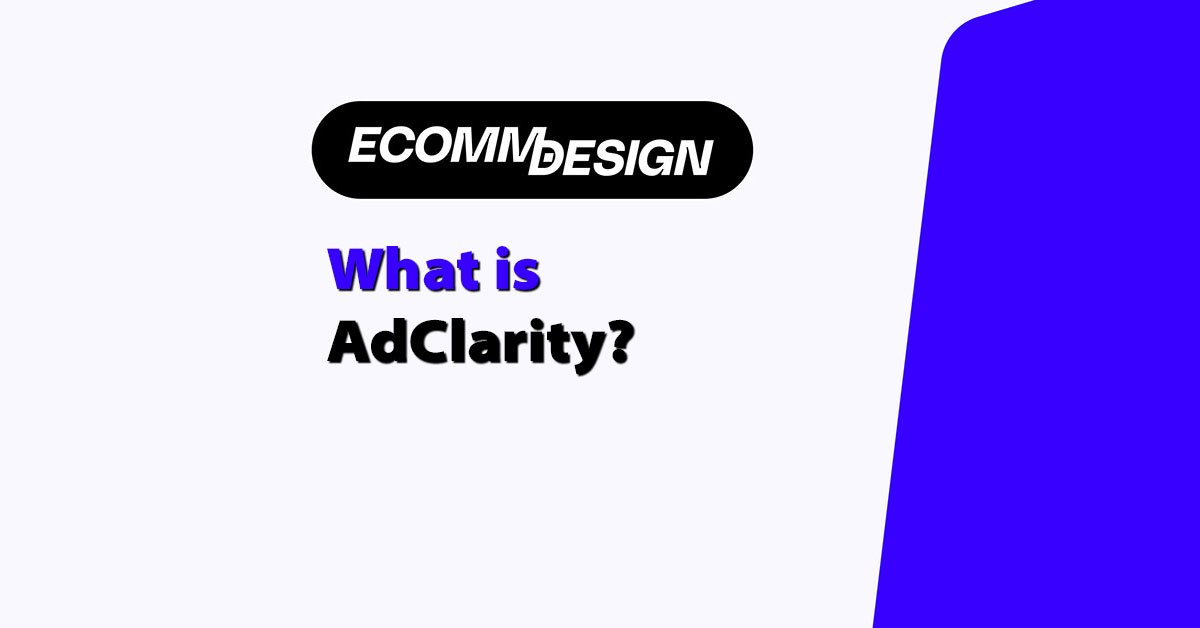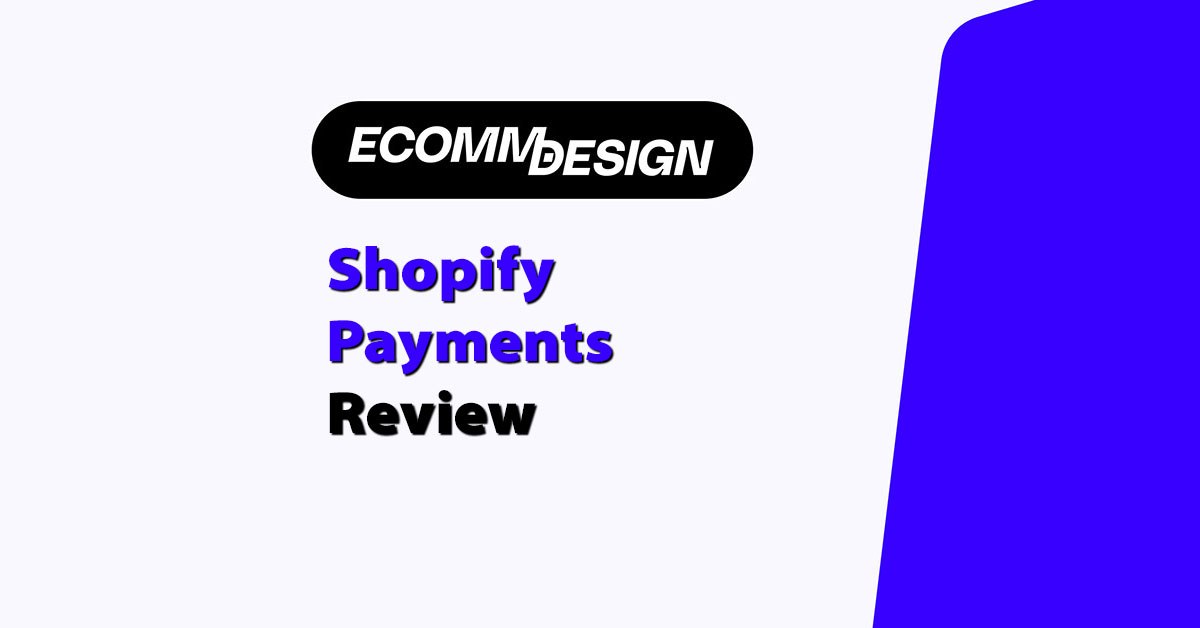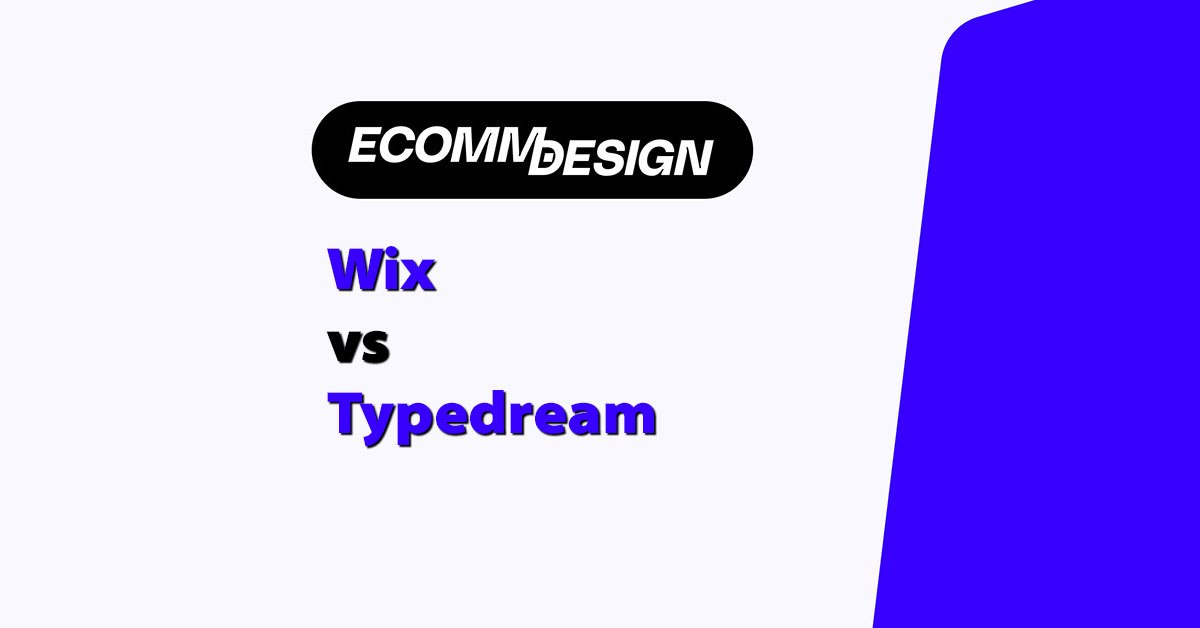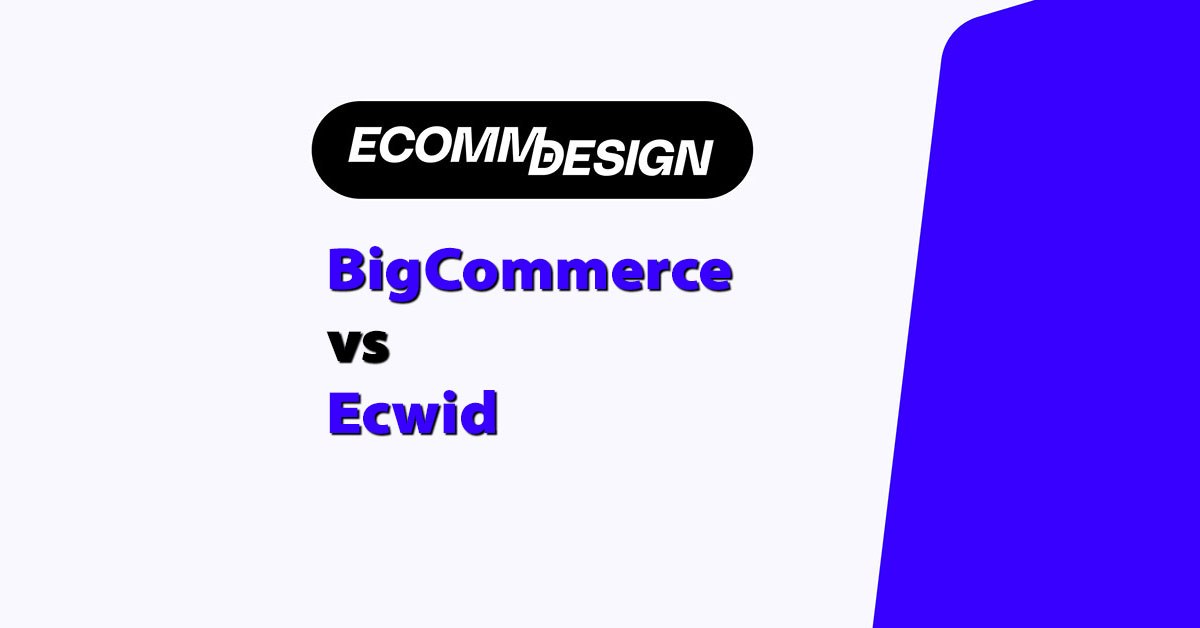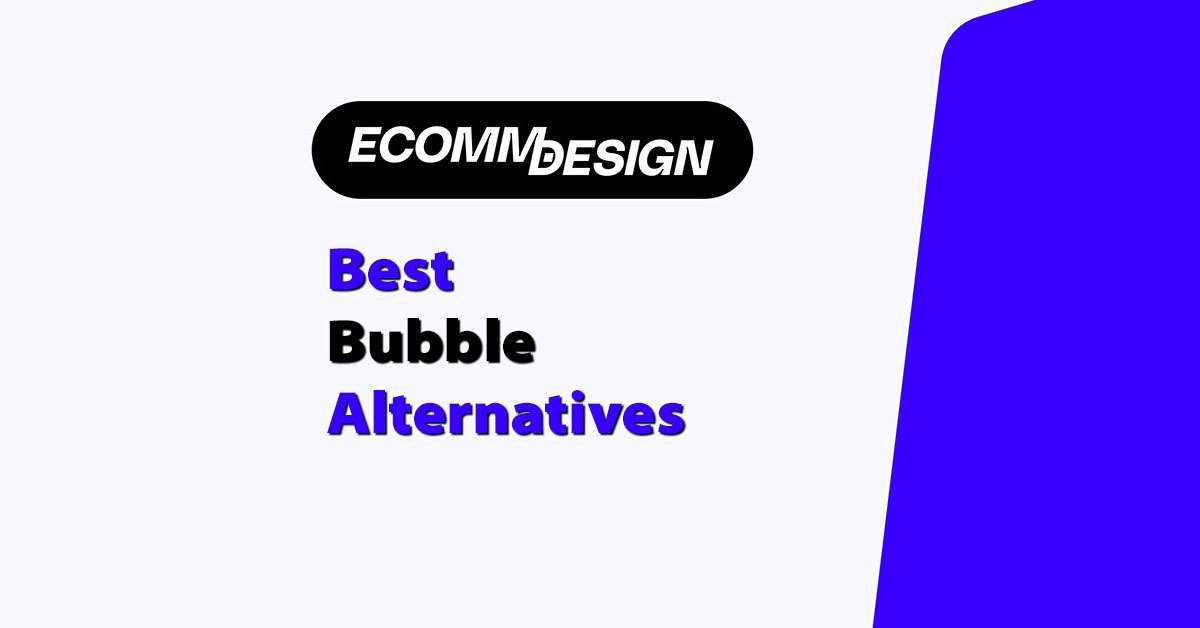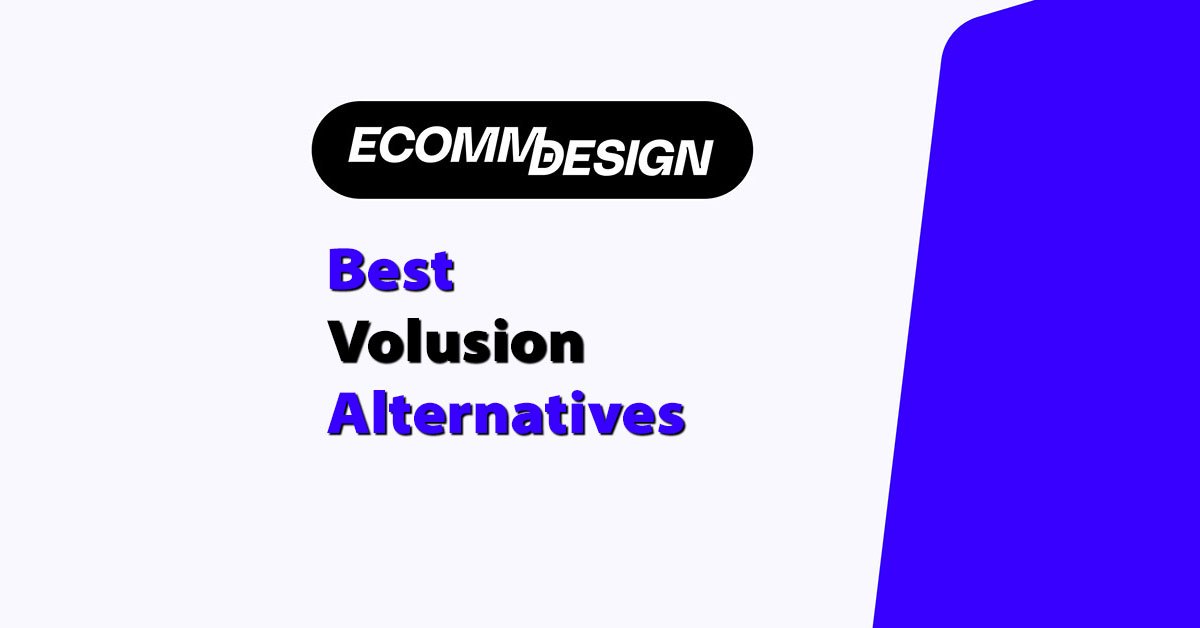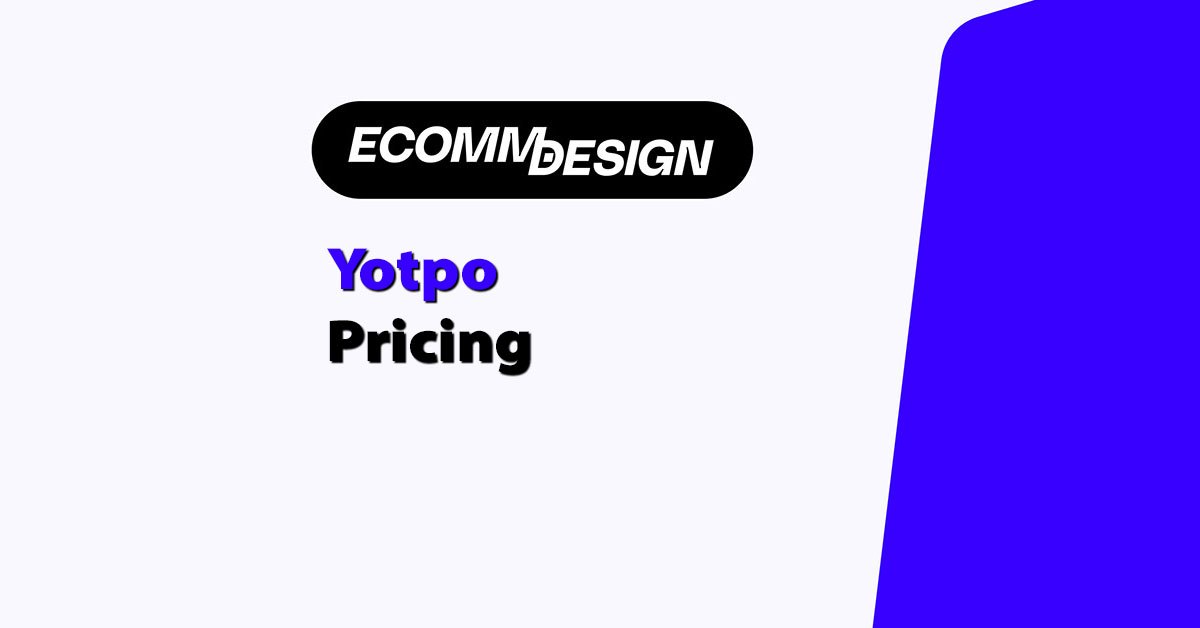
Yotpo is one of the most well-known eCommerce marketing platforms, offering features such as product reviews, loyalty programs, SMS marketing, and subscriptions.
I’ve researched Yotpo’s plans, talked to merchants using the platform, and compared it with other review and loyalty tools — so I can tell you exactly what you can expect to pay, what you get for that money, and whether it’s worth it for your business.

